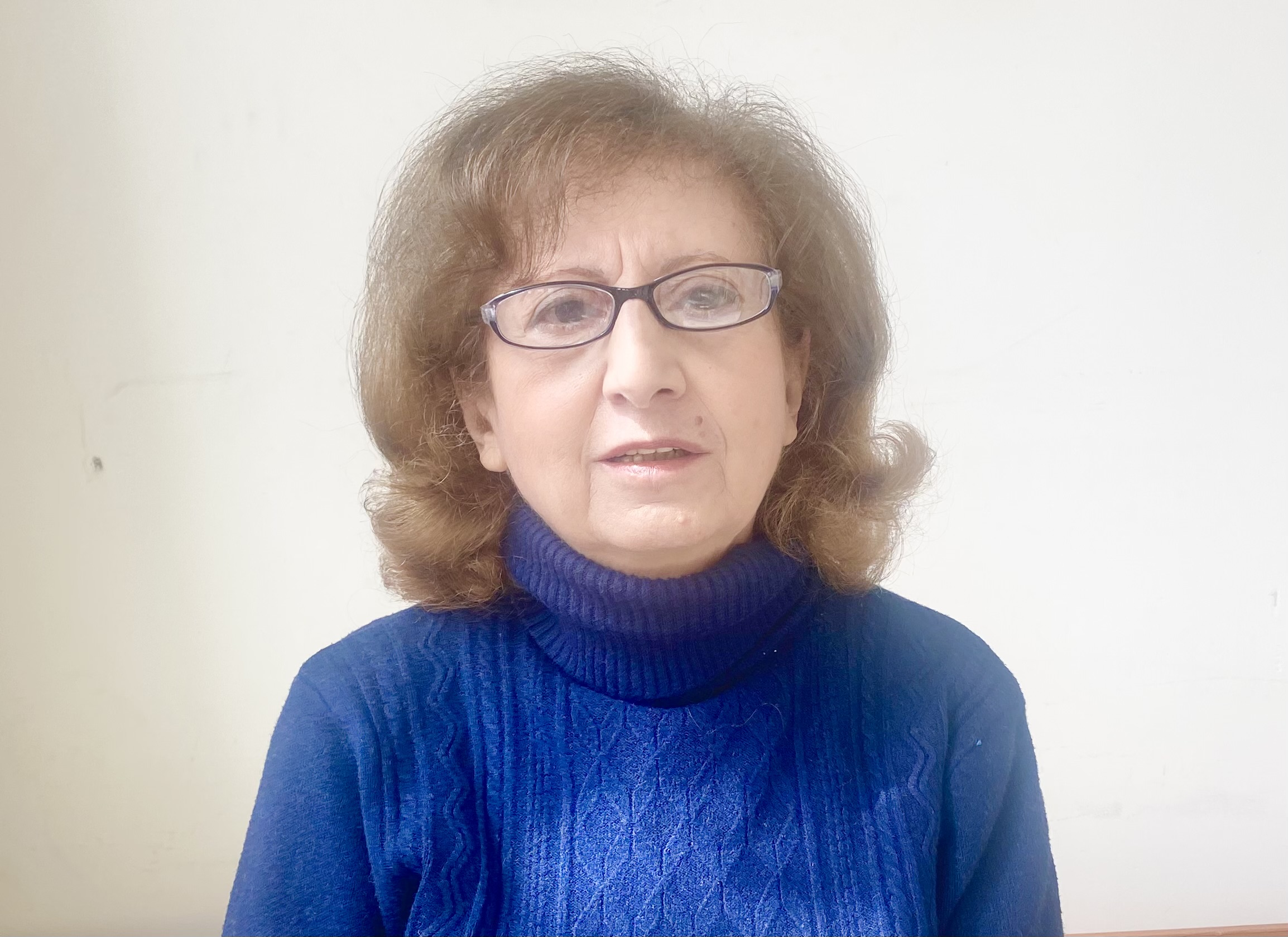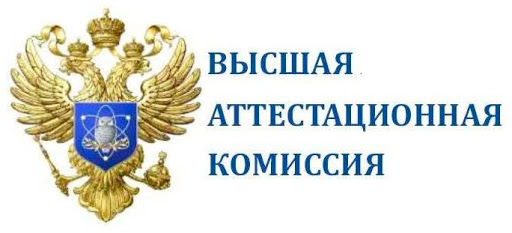The aim of the article is to reconstruct the legends and traditional narratives depicting the period of Armenia’s transition from paganism to Christianity and the adoption of the new religion during the reign of Trdat III and Catholicos Gregory the Illuminator, based on the material from European travel literature from the Middle Ages and New Age. The legends and narratives recorded by travellers, in which mythology and history are interwoven, and history is frequently mythologized, inevitably underwent modifications and reconstructions during their journey from sender to recipient. Sometimes it is difficult to explain why the stories the early Christian period, presented in the travelogues, have been modified, whether it was due to a misinterpretation of the information provided or European travellers were origially presented with material adapted to current circumstances in people’s lives and the Church according to political demands of the time. The traveller, in turn, consciously or unconsciously transferred the external information into his socio-cultural space, adapted it to the requirements of his culture, and interpreted it according to the standards of his cultural tradition.
Key words: travellers’ notes, legends, Trdat III, Gregory the Illuminator, The Letter of Love and Concord, modification
DOI: 10.22250/2072-8662-2025-1-5-14
About the author
 |
Gohar L. Karagyozyan – Ph.D (Philology), Senior Researcher at the Institute of Literature n.a. M. Abeghyan of The National Academy of Sciences of Armenia, 15 Grigor Lusavorich str., Yerevan, Republic of Armenia, 0015; This email address is being protected from spambots. You need JavaScript enabled to view it.; https://orcid.org/0009-0005-3038-5735 |






